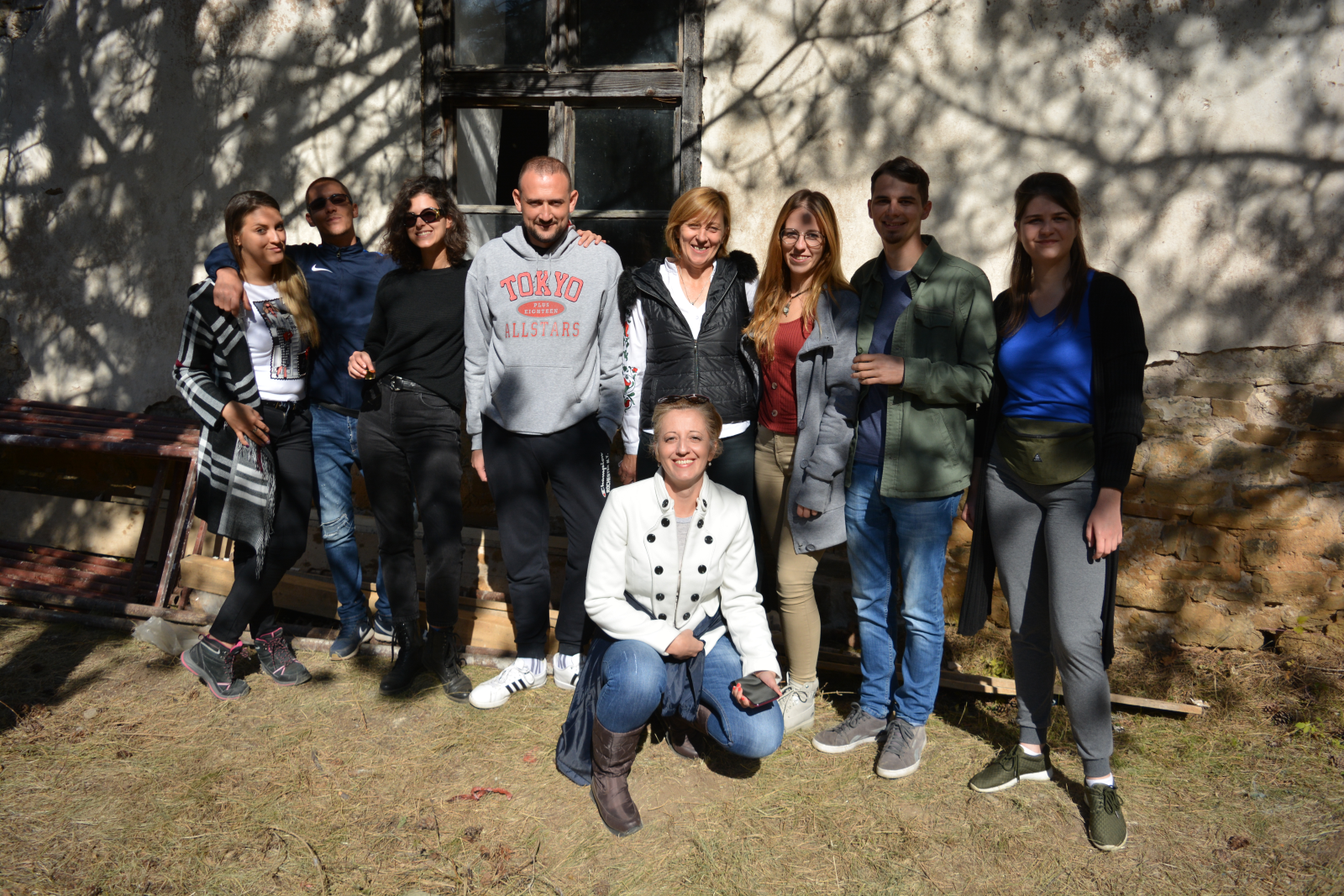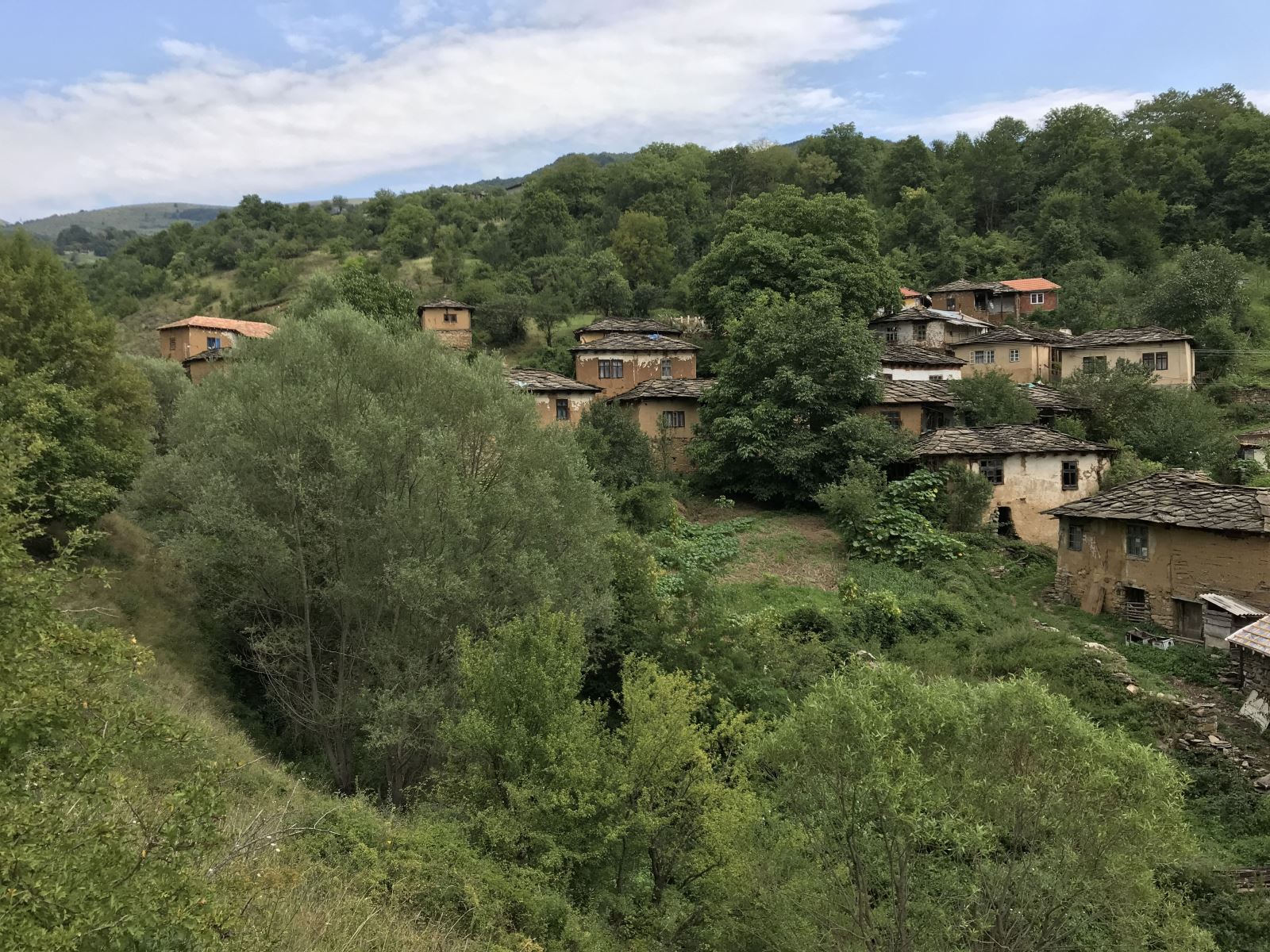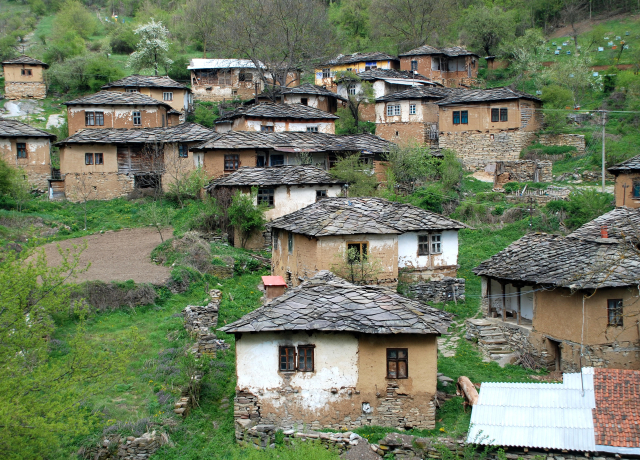European Heritage Days Story: The Revival of the Stone Village, Gostuša, Serbia
European Heritage Days Story: The Revival of the Stone Village, Gostuša, Serbia
With the final phase of European Heritage Stories 2019 projects now well underway, we are presenting another one of the awarded projects for this year. The Revival of the Stone Village from Serbia focuses on preserving the authenticity of the old village, its architecture, traditions, and the special connection to the natural environment that surrounds it.
Gostuša, the “Stone Village” in south-east Serbia has been a guardian of local traditions, crafts, and sustainable living ever since the 19th century. Located on the slopes of Stara Planina mountain, between three rivers, the village features plenty of unique natural resources. Due to the remoteness of the village and poor road infrastructure, the place remained almost intact since its first foundations. Scenic houses built with stone and other natural materials together with local traditions and crafts provide a unique insight into the history of the place and make it a valuable piece of tangible and intangible heritage. The Architect Aleksandar Radovic Foundation realised the significance of the authentic village. The joint effort of the Institute for Cultural Heritage Preservation Niš (ICHPN) and the foundation have made significant progress within the Gostuša Conservation Project. From the research project that won the prestigious Europa Nostra Award and EU Grand-Prix in 2016, to the 2019 revival project, a new life was breathed into the village of Gostuša and its inhabitants.
About the project
Building upon the previous research and reconstruction work, the 2019 project focuses on the sustainable reconstruction of traditional architecture, traditions and identity by bringing communities together and building cross-frontier collaboration. Aiming to preserve the distinct local heritage, the project focuses on learning from the past to build a better future. Using materials found in nature, with the stone being the most prominent one, the project promotes the traditional way of life in harmony with nature. In addition to this, it also focuses on raising awareness of old crafts such as pottery making since the area is known for its unique product – a traditional bread-making pan "crepulja".
 Participants of the conservation camp Gostuša with the architect Elena Vasić Petrović
Participants of the conservation camp Gostuša with the architect Elena Vasić Petrović
The Revival of the Stone Village is built around a three-part programme – preparatory activities, conservation camp, and promotion. From 4 to 13 October, Gostuša was the central spot for heritage and architecture professionals and enthusiasts. Continuing the 2018 project “Adopt a household in Gostuša” that gathered students, local experts and international professionals around the idea of heritage preservation, the conservation camp was the focal point of the Revival of the Stone Village. The activities were dedicated to the restoration of old buildings using natural materials and traditional techniques. A conference titled "Cultural Landscape and Sustainable Development: Between Theory and Practice" was held during the camp on 12 October. Visitors were able to take part in a series of thematic activities including a guided tour of the village, a visit to the reconstructed church, and participation in unique pottery and bread-making workshop.
The exhibitions
In February, as part of the cross-frontier collaboration the project will we presented through exhibitions in three countries of the region. First exhibition will take part on 1 February in Kotor, Montenegro in the gallery "Galerija solidarnosti". Next exhibition is planned for 6 February in Belgrade, Serbia at the prmisses of the EU info-center. The neighbouring Bosnia and Hercegovina will host the exhibition in Banja Luka, at the museum "Muzej Republike Srpske" on 14 February. The final exhibition will be organised in Novi Sad, Serbia in "Kulturna stanica Svilara" on 18 February.
 Gostuša Stone Village
Gostuša Stone Village
At the heart of the historical, cultural and natural heritage of the region, the story of the Gostuša Stone Village tells a universal story of the power of heritage to inspire new ideas, bring communities together and preserve the cultural identity. Being a part of one of the largest European heritage-sharing experiences, the story can inspire similar projects across Europe and promote heritage conservation and cross-frontier collaboration.
You can follow the progress of The Revival of the Stone Village project here. The second season of European Heritage Stories is closing at the beginning of 2020. The ten awarded projects are in their final phases now. Make sure to check back for the latest information on the next call for European Heritage Stories in 2020 and learn how you can share your local heritage story.
